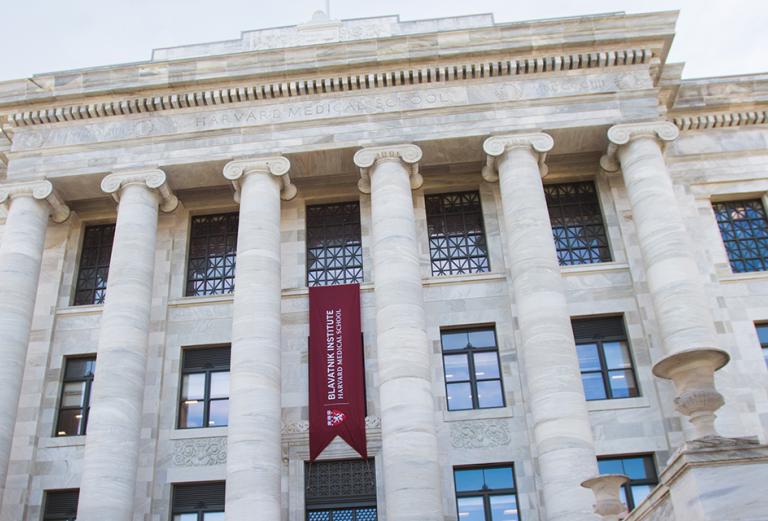Our Relentless Work to Stem Cardiovascular Disease
A commentary
- 2 min read
- Perspective

According to a 2023 report from the World Heart Federation, progress against cardiovascular disease has stalled. Although the report notes that when standardized for age, the death rate has declined by one-third since 1990, it also says that in 2021 alone, 20.5 million people died from a cardiovascular condition. Furthermore, improved outcomes are flagging globally, including in the United States.
The U.S. Centers for Disease Control and Prevention echoes the federation’s report. In 2021, heart disease remained the leading cause of death in the nation with one in five deaths the result of a heart condition. In addition, each year about 805,000 people have a heart attack, nearly 20 percent of which are silent, tissue-damaging events that can increase the risk of heart failure by 35 percent.
It can be difficult to understand how a disease that has plagued humans for millennia continues to exert such a hold. In part, discerning the mechanisms behind the various cardiovascular conditions has been challenging. But innovative, multidisciplinary research, including exciting work being done by HMS alumni and by our faculty, is illuminating how and why our hearts can fail.
Alumni who are advancing research in cardiology and cardiac care include cardiologist Gary Gibbons, MD ’82, director of the National Heart, Lung, and Blood Institute, which supports more than 1,200 principal investigators whose research focuses on the prevention and treatment of such diseases.
Other alumni focus on teasing out how cardiovascular disease singularly affects diverse populations. For example, Karol Watson, MD ’89, directs the UCLA Women’s Cardiovascular Health Center and the UCLA-Barbra Streisand Women’s Heart Health Program, while C. Noel Bairey Merz, MD ’81, directs the Barbra Streisand Women’s Heart Center and the Linda Joy Pollin Women’s Heart Health Program at the Cedars-Sinai Smidt Heart Institute.
Through his work on the landmark Jackson Heart Study and, more recently, as the director and endowed professor of the Cardiovascular Research Institute at Morehouse School of Medicine, Herman Taylor, MD ’80, has been a leader in multidisciplinary research aimed at identifying the molecular bases of heart disease in Black populations.
HMS researchers are making significant contributions to our understanding of the biology and pathophysiology of heart disease. A recent collaboration between the labs of Sean Megason, in the Department of Systems Biology in the Blavatnik Institute at HMS, and Adam Cohen, in the Department of Chemistry and Chemical Biology at Harvard, has described the mechanism that causes heart cells in zebrafish to start beating in synchrony, a finding that may one day shed light on how arrhythmias develop in humans.
Other landmark work includes genetic studies by Christine Seidman at HMS and Brigham and Women’s Hospital and Jonathan Seidman at HMS, which found that hypertrophic cardiomyopathy can be traced to a host of gene mutations that predispose an individual to sudden cardiac death. It is the most common cause of sudden death in athletes.
Ours is a community passionately dedicated to discovery and committed to care. Whether for cardiovascular disease or any condition that plagues global populations, HMS alumni and faculty remain relentlessly focused on deciphering mechanisms and developing treatments that will improve health and well-being for all.
George Q. Daley is the dean of Harvard Medical School.